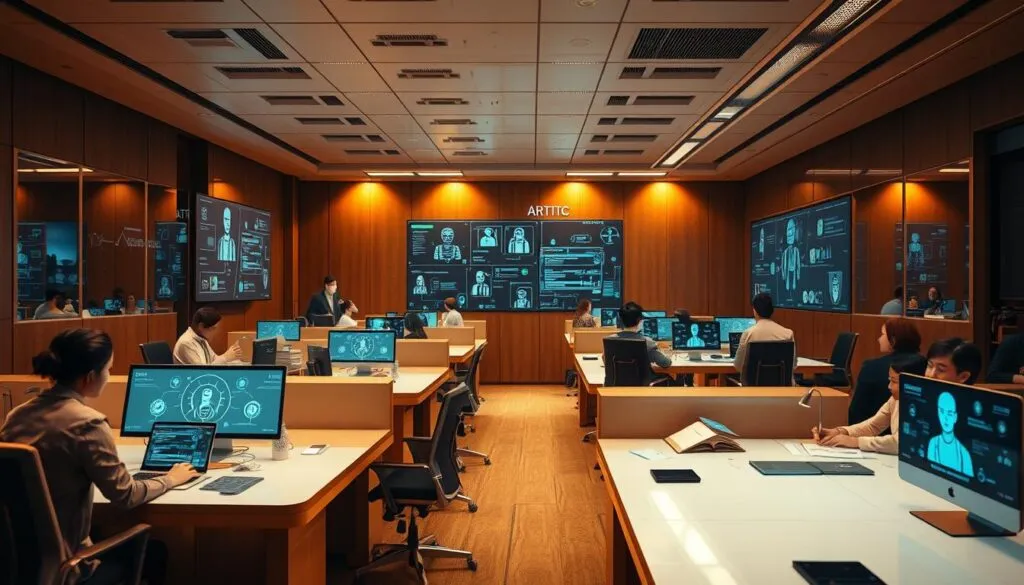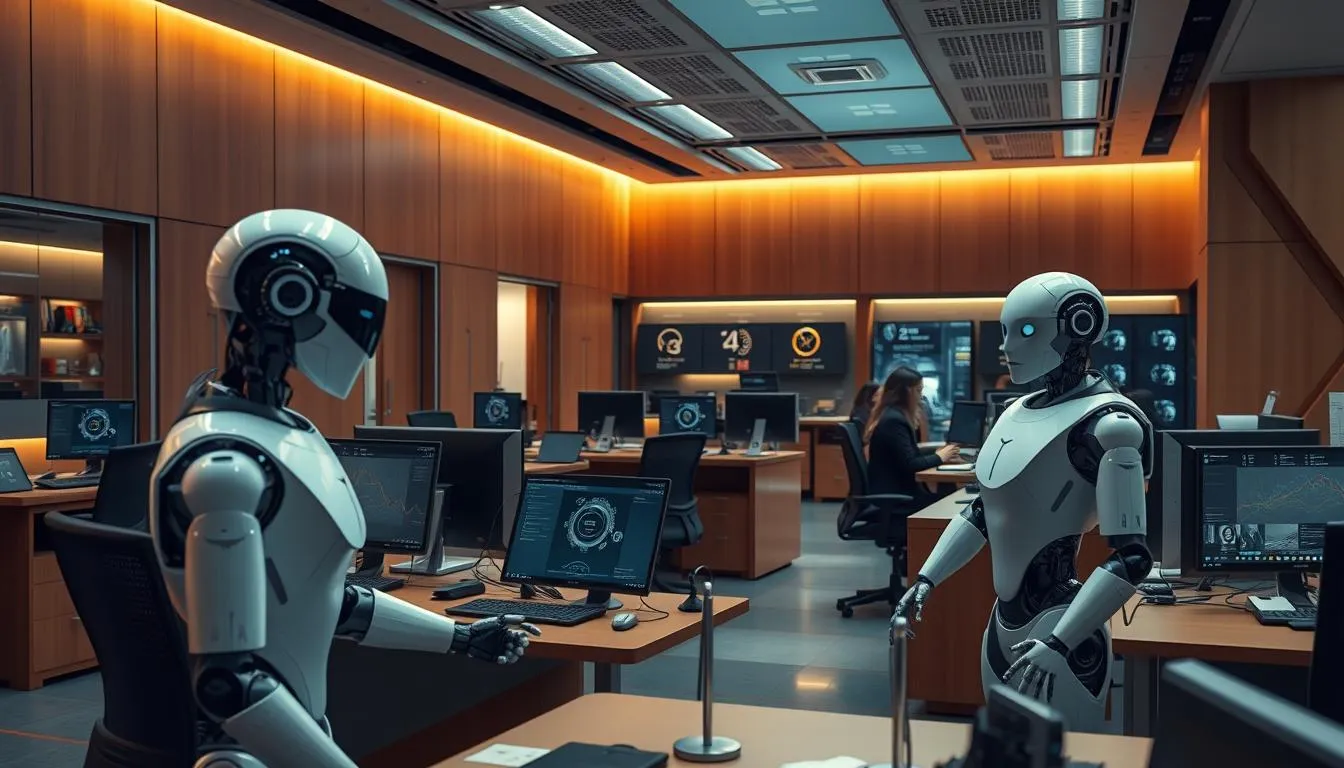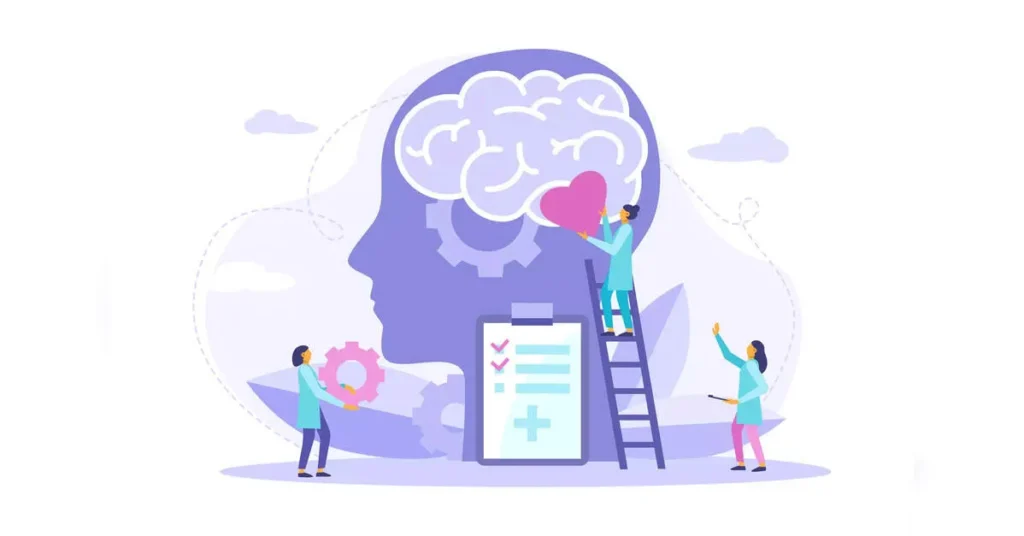In 2025, artificial intelligence has become the beating heart of American office life. From scheduling meetings to drafting reports, AI assistants now manage 50% of routine workplace tasks, transforming productivity, reshaping job roles, and sparking debate about the future of work.
AI isn’t just supporting employees—it’s becoming an active, responsive participant in day-to-day operations. Companies large and small are integrating AI-powered tools like virtual executive assistants, workflow bots, and generative writing platforms to cut costs, streamline efficiency, and stay competitive.
While the adoption surge is impressive, it also raises important questions about job security, ethics, privacy, and workforce readiness.
⚙️ What Office Tasks Are Being Handled by AI?
AI assistants are now capable of managing a wide array of office responsibilities, including:
- Scheduling and calendar management
- Email sorting and auto-responses
- Data entry and spreadsheet automation
- Customer service responses via AI chatbots
- Real-time transcription and meeting summarization
- Document drafting, editing, and formatting
- Project tracking and deadline notifications
- Internal communication and HR query handling
Thanks to advances in natural language processing (NLP) and machine learning, modern AI systems can understand nuance, context, and tone better than ever before. Some even tailor their communication style to match a user’s preferences or company culture.
💼 Office Productivity: Boosted or Bottlenecked?
According to a 2025 report by the American Institute of Workforce Innovation:
- Workflow speeds for businesses utilizing AI assistants increased by 32%..
- 60% of surveyed managers said AI “makes their teams more efficient.”
- 48% of workers said AI reduced their stress by removing repetitive or tedious tasks.
However, others point to rising dependence on automation, with some workers expressing concern over losing essential skills or human oversight in critical decisions.
🏢 AI Tools Now Ubiquitous in the Workplace
Some of the most widely used AI office tools in 2025 include:
- ChatGPT Enterprise and Copilot Pro for document creation, summarization, and brainstorming
- Notion AI for organizing workflows and task delegation
- GrammarlyGO and Jasper for content drafting and editing
- Otter.ai and Fireflies for real-time transcription and meeting insights
- Trello AI, Slack GPT, and Zoom Companion for collaborative project management
These systems are often integrated with CRM tools, email platforms, and team communication hubs, creating an ecosystem where AI “co-workers” assist in real time.
👥 The New Hybrid Workforce: Human + Machine
Workplaces are evolving into hybrid environments where AI complements human effort rather than replaces it—at least for now. The most successful organizations treat AI assistants as:
- Task accelerators, not decision-makers
- Creative partners for ideation and editing
- Efficiency tools that free up time for strategy and innovation
Employees are increasingly being trained to collaborate with AI, learning how to prompt effectively, verify AI outputs, and adjust systems to suit dynamic needs.

📉 The Automation vs. Employment Debate
As AI takes on more office work, there is concern over job displacement. Roles once dependent on manual coordination or entry-level communication are shrinking or being redefined.
Sectors most impacted include:
- Administrative support
- Customer service
- Sales assistance
- Marketing copywriting
- Entry-level analyst roles
However, there is also growing demand for AI managers, prompt engineers, data curators, and human-AI collaboration specialists.
Some companies are retraining employees to work alongside AI, rather than laying them off, as part of long-term talent retention strategies.
🔐 Security, Bias & Trust Issues
As AI assistants gain access to internal documents, meetings, and personnel files, data security and ethical boundaries become critical.
Key concerns include:
- Privacy violations from overly intrusive AI monitoring tools
- Bias in AI-generated content or hiring recommendations
- Confidential data being leaked, misused, or misinterpreted by AI
To address these, many organizations are implementing AI governance frameworks, which include transparency protocols, accountability hierarchies, and audit trails for AI-generated work.
📚 Skills for the AI-Enhanced Office
In 2025, thriving in an AI-driven office environment means learning how to:
- Write effective prompts
- Review and refine AI-generated content
- Think critically about AI outputs
- Use AI for decision support, not replacement
- Stay updated on new AI features and compliance regulations
Employers are increasingly offering AI literacy training, while schools and universities are adapting curriculums to prepare students for AI collaboration as a core skill.
🔮 The Future of Work Is Symbiotic
With half of the work now automated, American offices are going through a quiet revolution that involves significant job reinvention rather than mass layoffs.
By 2030, experts predict:
- 70% of workers’ time will be devoted to human-centered, creative, and strategic tasks.
- AI will be expected to deliver not just efficiency, but ethical reasoning and emotional context.
- Office hierarchies may shift as “AI fluency” becomes a competitive edge.
Whether this leads to a more empowered workforce or a more monitored one remains an open question. But what’s clear is this: the age of the AI co-worker has officially arrived.
FAQs: AI Assistants in the Workplace (2025)
1. What is meant by “AI assistants handle 50% of tasks”?
This means half of routine, repeatable office tasks—such as scheduling, writing, responding, organizing, and summarizing—are now performed by AI software or bots, rather than human employees.
2. Does this mean fewer jobs for office workers?
Not necessarily. While some roles have shifted or reduced, many new positions have been created to manage and optimize AI systems. The nature of work is changing—but not vanishing.
3. What are the most common AI office tools in 2025?
Popular tools include ChatGPT Enterprise, Microsoft Copilot, Notion AI, GrammarlyGO, Otter.ai, Zoom AI Companion, and Slack GPT—each serving different workflow needs.
4. Are there risks with letting AI handle office tasks?
Yes. Risks include:
- Incorrect or biased outputs
- Over-reliance on automation
- Data privacy concerns
- Reduced human skill development
That’s why oversight and verification are still essential.
5. How do employees feel about AI assistants?
Surveys show a mix of excitement and anxiety. Many appreciate the efficiency, while others worry about job relevance or loss of creativity. Adoption often improves with training and clarity of purpose.
6. How can workers prepare for AI integration?
By learning prompt-writing, understanding AI system behavior, developing critical thinking skills, and engaging in lifelong digital literacy training.







